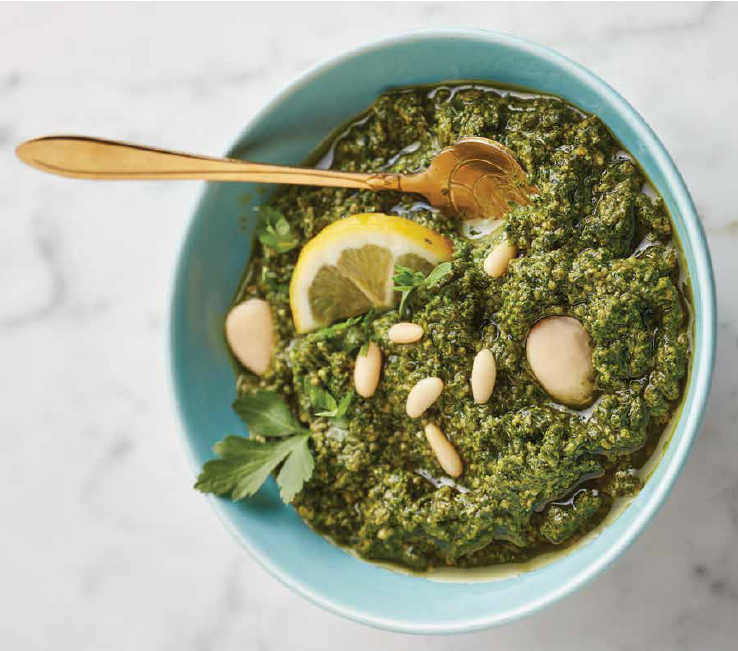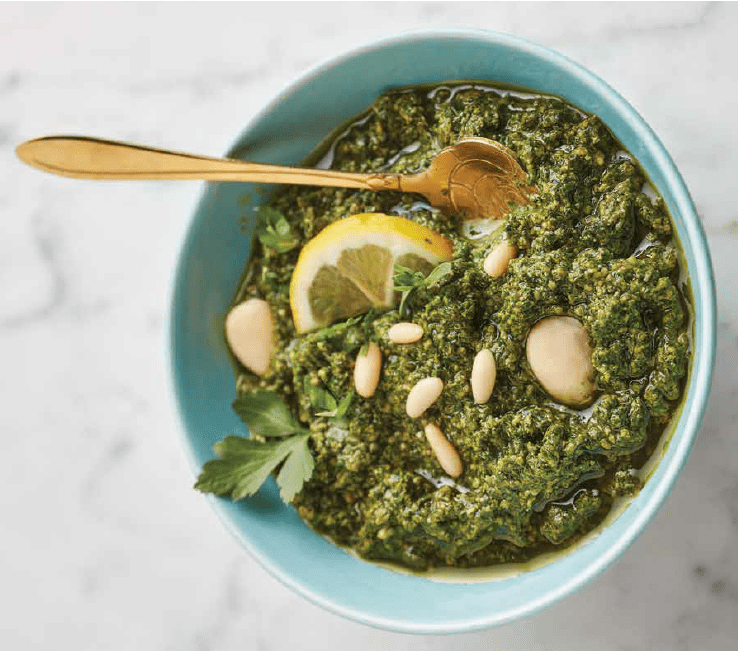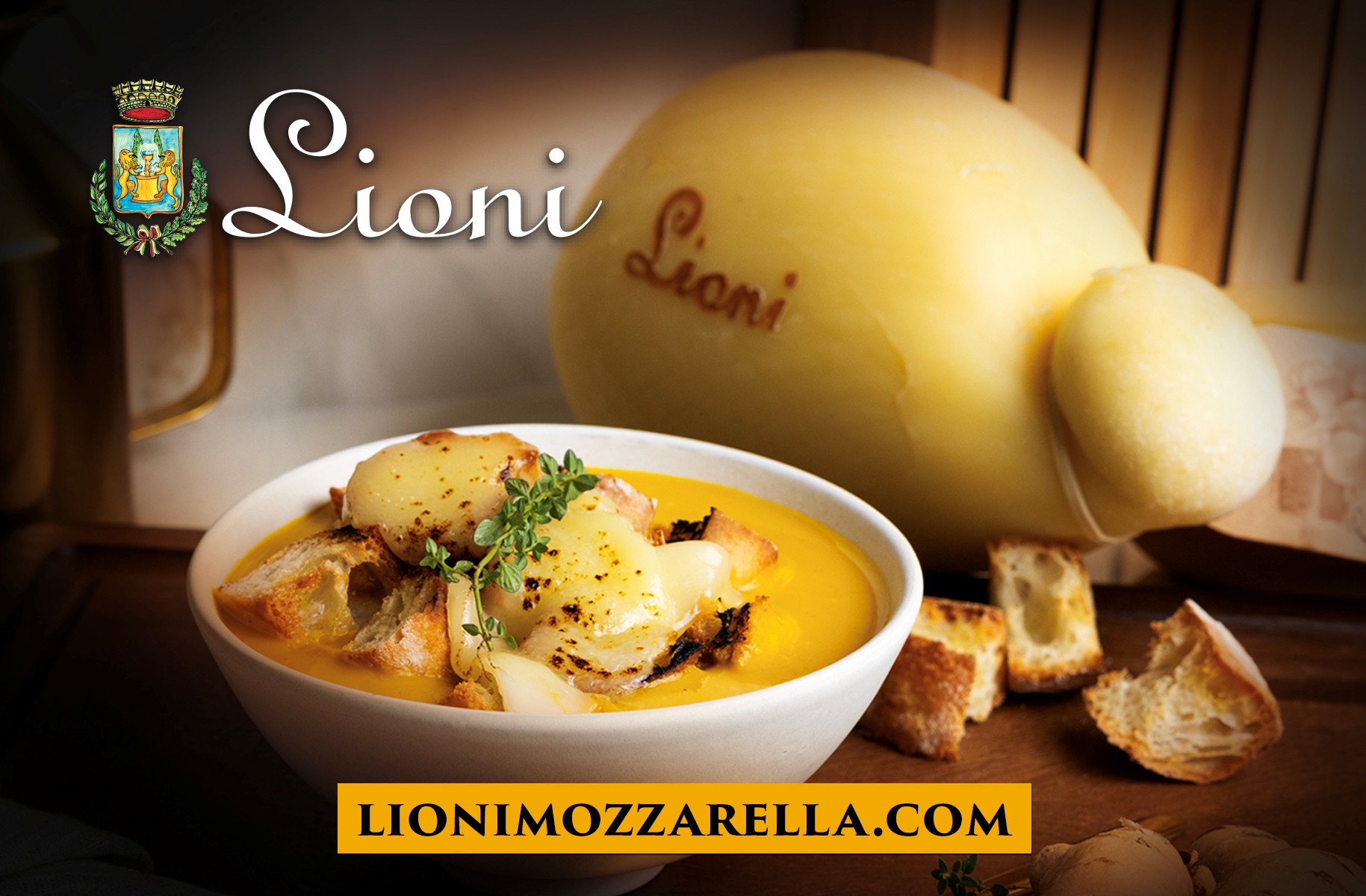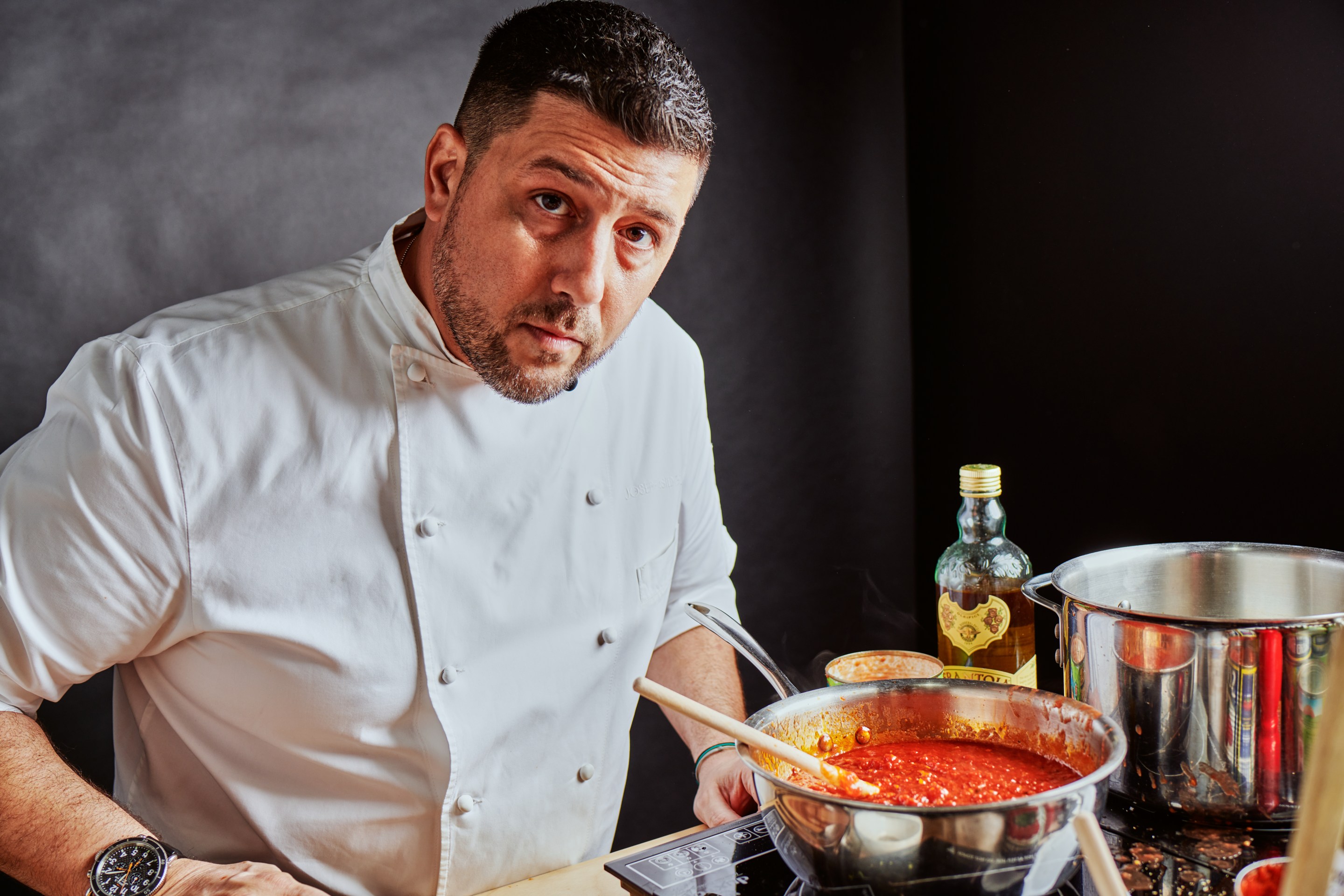My mother’s hands especially mesmerized me when she created her own ever-changing version of pesto with herbs beyond basil and nuts beyond pine. My mother, like her pesto, was made of nonconforming flavors that people did not expect yet talked about for days.
My last memory of my mother’s pesto happened after her death. My siblings and I were sorting through her things, longing for a conversation from which she exited way too early. Lunchtime came, and one of us found a jar of pesto in the freezer, labeled and dated in the earlier part of the summer that would be her last. To a person, we each found a task: boiling the water, selecting the pasta, setting the table. We sat and ate, silently wrapped in the love she rarely spoke of but always expressed with her cooking. That meal will forever define the flavor of pesto for me.
My unique version of pesto is based on that memory, but there are a few tenets that hold true across pesto making. I invite you to make them yours. Garlic should not be a defining flavor of pesto, rather a sensation, so don’t overdo it. An equal weight of leaves and nuts is a technique I acquired during my own professional growth in the kitchen. I have used it successfully in many a version of pesto. It is important to stir in the cheese by hand after processing, as the blades will clump it into fat globules that can throw off both balance and texture. Pesto should be a thick paste that barely releases oil.
When you are ready to use the pesto, calculate just over 1/2 cup for 1 pound of pasta. While the pasta is cooking, drop the pesto into a warm serving bowl. A few minutes before draining the pasta, dilute the pesto with 1⁄2 to 1 cup of pasta cooking water.
Store your pesto in a glass jar, topping it with a little olive oil to prevent oxidation. Before putting it away, re-top with a little fresh oil. I keep my pesto in the refrigerator for up to two weeks. My mother used to freeze her pesto in manageable-size jars.
Pesto can complement things other than pasta. In my childhood home, it was a staple on minestrone. It is great with gnocchi; you can use it for a spring lasagna or spread it on bread. I love it with anchovies, but I love anything with anchovies.
I should warn you that my mother would denounce the lemon juice used at the very end as modern treachery, but I find that a few drops bring balance and brightness to the final product, so I’ve rebelled.
Reprinted with permission from Italy by Ingredient: Artisanal Foods, Modern Recipes, (Rizzoli USA, September 2023)

Pesto Postumo della Mamma (Posthumous Pesto of My Mother)
4
servings10
minutes15
minutesIngredients
3 cups 3 packed basil leaves
1 cup 1 loosely packed parsley leaves
6 6 marjoram sprigs
Raw pine nuts and/or lightly toasted peeled almonds as needed
1 1 garlic clove
Salt and pepper
Extra-virgin olive oil as needed
2 to 3 tablesoons 2 to 3 grated Parmigiano Reggiano
2 to 3 tablespoons 2 to 3 grated Pecorino Romano
1/2 1/2 lemon
Directions
- Rinse the basil and parsley leaves carefully with cold water in the basket of a salad spinner.
- Place the basket in the spinner and spin as you would salad greens.
- Pour out the water that gathered on the bottom and fluff the leaves.
- Spin, pour, and fluff again three or four times.
- Tip the leaves onto a clean cloth and pat dry (remember that oil and water do not mix, and there is quite a bit of oil in pesto).
- Strip the leaves off the marjoram sprigs and add them to the basil and parsley.
- Weigh all the leaves and then measure an equivalent weight in nuts.
- You can mix the nuts evenly or have more of one kind or the other (the proportion should be dictated by taste and availability).
- Smash and peel the garlic clove.
- Toss it into the food processor with the nuts and 1 teaspoon salt.
- Run the processor to give the garlic and nuts a first rough chop.
- Stop the processor, add all the herbs, and use a spatula or wooden spoon to push them toward the bottom while also lifting the garlic and nuts to mix everything.
- Turn the motor back on and, after about 30 seconds, start slowly streaming in olive oil. You will end up using between 1⁄2 to 2⁄3 cup of oil (keep in mind that pesto should not be floating in oil, so err on the side of less; you can always add more later).
- Keep the processor running until you have a fairly dense mixture with very minced leaves.
- Sample the mixture; if it tastes grassy, continue mincing until it tastes herby and fresh but not grassy.
- When ready, drag all the pesto into a bowl with a rubber spatula.
- Now stir in the cheese and taste again.
- Adjust salt and pepper to suit your taste. You may have to add more cheese or salt or pepper.
- Stir in a few drops of lemon juice.
Notes
- The "servings" referenced above are for individual use (e.g. 1 serving for a pound of pasta).
Did you make this recipe?
Tag @appetitomagazine on Instagram and hashtag it with #italianfoodanddrink
Like this recipe?
Follow @Appetitomagazine on Pinterest
Follow us on Facebook!
Follow us on Facebook







